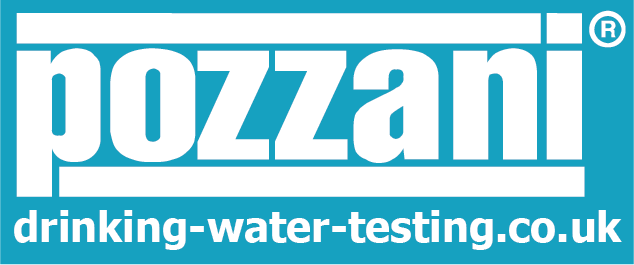
Coliform
Coliform bacteria are a broad group of microorganisms which are commonly found in soil, on plants and in surface water as well as in the intestines of humans and warm-blooded animals. Whilst most are considered not to be harmful, there are varieties, such as some strains of E.Coli, which can be fatal.
Even though most coliforms are not cause for concern, their presence in drinking water can be used as an indicator to the presence of disease-causing pathogens such as viruses, protozoa and other bacteria types. To be able to test drinking water for specific viruses, protozoa and bacteria requires specialist techniques and is considerably costly and time-consuming. The testing methods to establish the presence of coliforms, however, is simple, efficient and economical in comparison, and is still able to indicate the presence of pathogens.
The presence of bacteria and other pathogens in your drinking water can cause such things as diarrhoea, vomiting, dysentery, hepatitis and polio so establishing whether there are coliforms in your drinking water is incredibly important.
If testing shows that your drinking water contains coliforms it is advised that you do not drink the water straight from the tap until your water has been disinfected and adequate treatment processes are in place. Instead, you should buy bottled water or boil the water for at least one minute before drinking or cooking with it. After treatment has been carried out, you should then resample and retest your water to ensure there are now no coliforms present.
